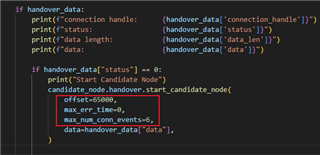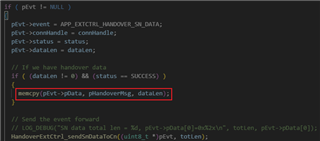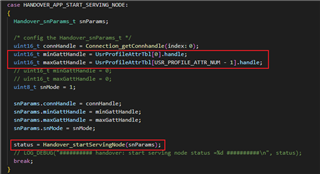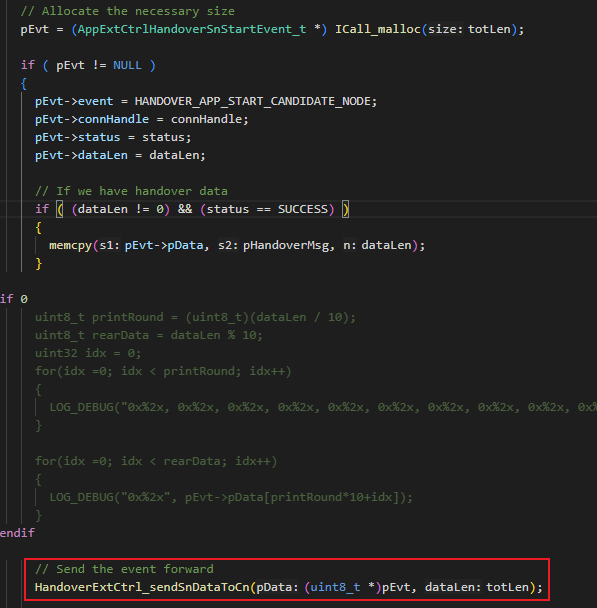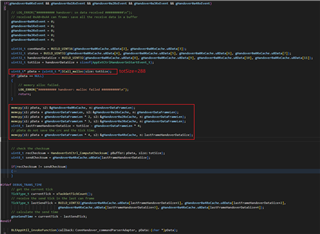Tool/software:
Hi TI team,
We are implementing the connection handover feature using SDK version 9.11, with two CC2745R10 devices acting as the serving node and candidate node, and a mobile phone as the peer node. The serving node data is transferred to the candidate node via CAN. Upon receiving the data, the candidate node sets the following four parameters (same as the car_node demo, except for the last one) and calls Handover_startCandidateNode() to initiate the handover.

With these settings, the candidate node reports the BLEAPPUTIL_LINK_ESTABLISHED_EVENT to the application, but soon after, it reports BLEAPPUTIL_LINK_TERMINATED_EVENT. The disconnect reason is 0xFD(0xFD means LL_STATUS_HANDOVER_FAILED as defined in ll.h), and the status received in HandoverExtCtrl_startCnEvtHandler() is 0x3E.
We have tried various configurations for timeDelta, timeDeltaErr, maxFailedConnEvents, and txBurstRatio, but the results are inconsistent. Sometimes, the same issue occurs; other times, the disconnect reason changes. For example, with another set of parameters as bellow, the candidate node still reports BLEAPPUTIL_LINK_ESTABLISHED_EVENT followed by BLEAPPUTIL_LINK_TERMINATED_EVENT, but the disconnect reason becomes 0x3D(0x3D means LL_STATUS_ERROR_CONN_TERM_DUE_TO_MIC_FAILURE as defined in ll.h), and the status in HandoverExtCtrl_startCnEvtHandler() is 0x00.

Do you have any suggestions or best practices for configuring these parameters to achieve a stable handover?
Looking forward to your reply. Thank you very much!




